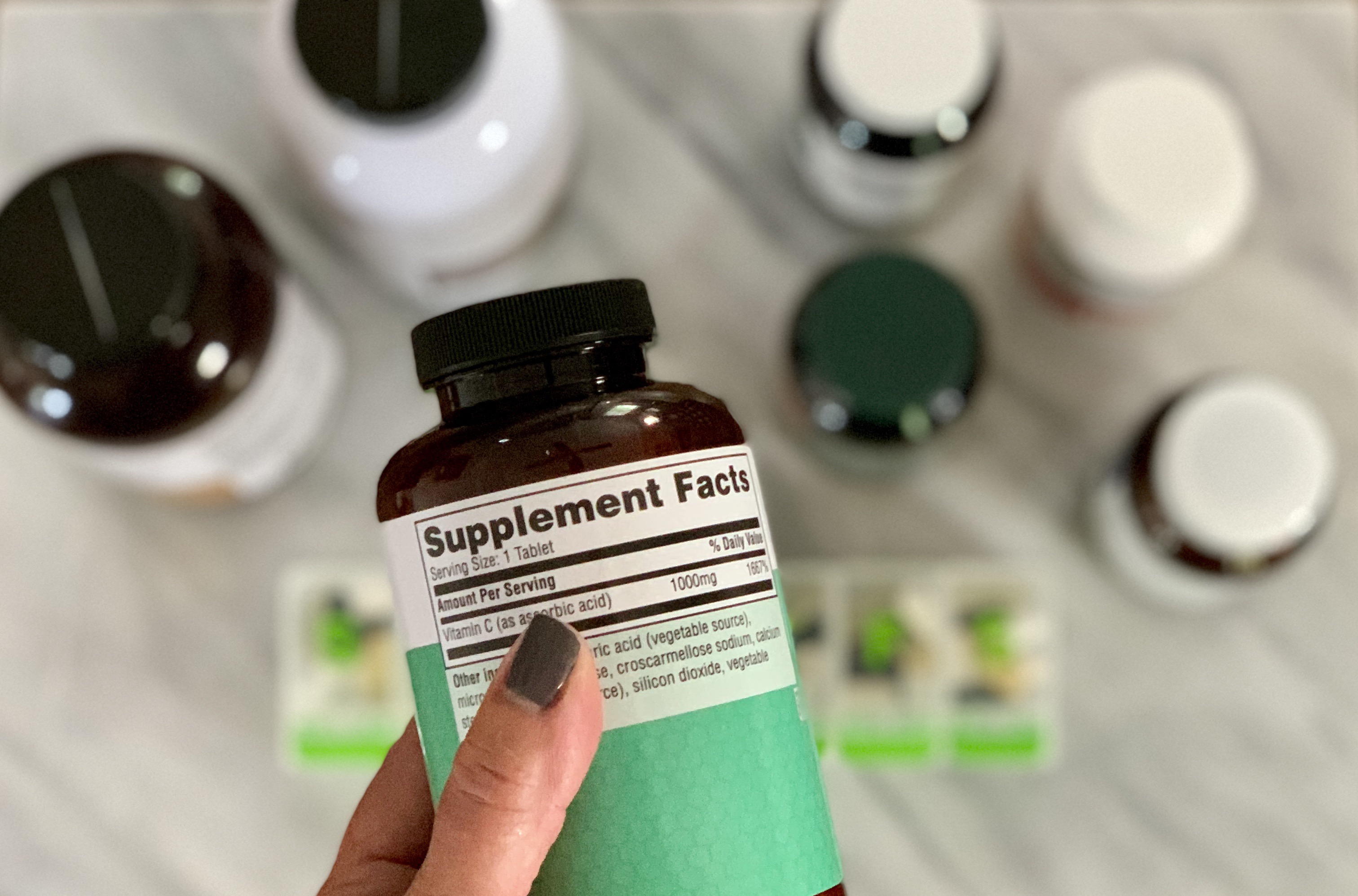Science-Backed Ways to Build Muscle Without the Gym
5. The Importance of Recovery and Rest

Recovery is an often underestimated component of muscle growth, yet it is during rest that muscles repair and grow stronger. Adequate sleep, typically 7-9 hours per night, is essential for hormone regulation and muscle recovery. Active recovery, such as light stretching or yoga, can enhance circulation and reduce muscle soreness. Incorporating rest days into a workout routine is crucial to prevent overtraining and injury. Techniques such as foam rolling and massage can aid in muscle relaxation and recovery. By prioritizing recovery, individuals can enhance their performance and achieve sustainable muscle growth over time.
6. The Science of Supplementation

Supplements can play a supportive role in muscle growth, particularly when dietary intake may fall short. Protein powders, such as whey or plant-based options, provide a convenient source of high-quality protein. Creatine, a well-researched supplement, is known to enhance strength and muscle mass by increasing phosphocreatine stores in muscles. Branched-chain amino acids (BCAAs) can reduce muscle soreness and support recovery. However, supplementation should complement, not replace, a balanced diet. It is important to choose high-quality products and consult with a healthcare professional to ensure safety and efficacy. Understanding the science behind supplementation can help individuals make informed choices that support their muscle-building goals.
